By Sean Fagan
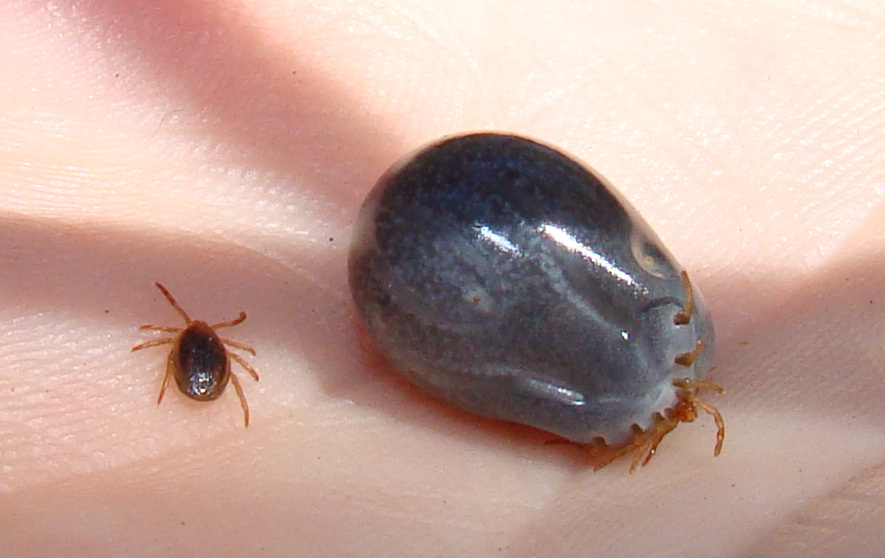
Ticks are fascinating creatures (did you know they are closely related to spiders?).
Ticks can also be a real pain - and dangerous - as they can potentially transmit the debilitating affliction of Lyme's disease.
In the following blog I offer advice on how to deal with ticks when outdoors - this advice is based on years of camping and hiking in places where ticks are common.
How I deal with ticks
Over the years I've come across a whole slew of ways of dealing with ticks - some of which are spurious, possibly harmful.
Through trial and error and mostly common sense - I've narrowed down a few methods of dealing with ticks that I've found to be effective & convenient.
Learn about my 6 easy-to-apply tips in dealing with ticks....

How to ticks attach to humans?
Before I deal with how to deal with ticks, a little about ticks and how they find their hosts.
Ticks are quite slow moving. They are incapable of jumping. flying or dropping off trees onto their hosts. Instead, they crawl...very slowly.
When seeking a host, ticks will perch at the end of a piece of vegetation - with it's front legs extended. There it will wait. When a suitable host, such as a human, passes near, the tick tries to attach on.
Despite being minuscule, ticks can detect certain stimuli from their hosts such as carbon dioxide, body heat & vibrations.
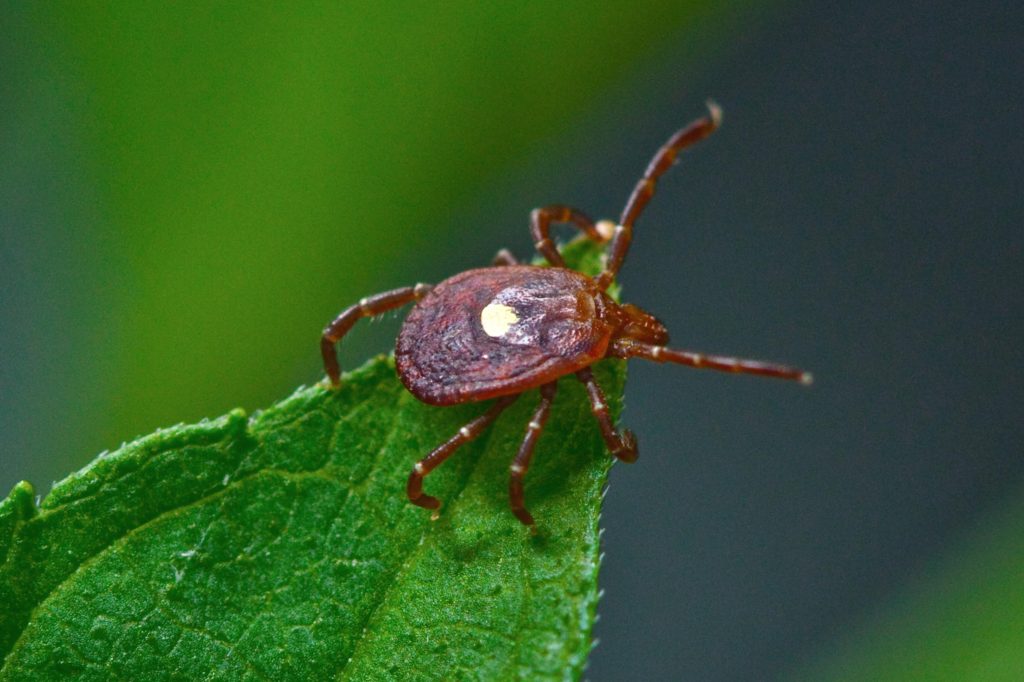
6 Tips in Dealing with Ticks:
1. TUCK THINGS IN...
Mosquito net: Although ticks are generally passive in acquiring a host, they are capable of slowly crawling a few meters to locate a host - this is especially relevant when sleeping outdoors. Inside a tent it's fine as you have a physical barrier between you and the outside environment - but during summer I like to sleep under a tarp and within a very fine mesh mosquito net. I always tuck the net under my sleeping pad so as to prevent the entry of ticks. The net is also treated with a insecticide - permethrin (more about permethrin later). Ticks have a strong aversion to permethrin.
So although very small ticks may be able to crawl through a fine mesh mosquito net - once they come in contact with a permethrin-treated mossy net they have an adverse avoidance reaction.
Clothing: I also stuff the bottom of my pants into my socks (most ticks enter through the ankle area). Ticks can enter under your shirt, at your waist, or through your sleeves - but I've found the vast majority enter through the ankle area. Still, tuck your pants into your socks and tuck your top into your pants. Also, ticks can enter through the sleeve area so best to wear a long-sleeved top that is snug fitting around the wrist area.
2. WEAR PERMETHRIN-TREATED CLOTHES:
Permethrin is a user-friendly insecticide that is effective against ticks and can be applied to your outdoor clothing (and mossy net).
Permethrin treated clothes are effective in deterring ticks from crawling over your clothing and onto your body - it's not 100% effective but greatly helps in deterring ticks. By the way, I treat my own clothes with online-bought permethrin. It's easy to apply and I highly recommend you do the same.
I treat my socks, pants, shirt, t-shirts & long-sleeved tops with permethrin.
The way I look at wearing permethrin-treated clothes in tick country is that it significantly helps as a deterrent - but is not a guarantee against ticks finding their way onto your skin.
Bottom line - I use permethrin-treated clothes in conjunction with other practices to minimize risks from ticks.
3. AVOID TICK-INFESTED VEGETATION:
When possible, avoid tick-infested vegetation. Of course this is much easier said than done.
Ticks tend to linger on vegetation that is ankle to waist high - so high grass and bracken for example, is ideal tick habitat. If in doubt - stick to trails with an absence of vegetation.
But if you're reading this blog there is a good chance you like to wild camp and generally wander about in wild places - and that occasionally means wading through vegetation that may harbour ticks.
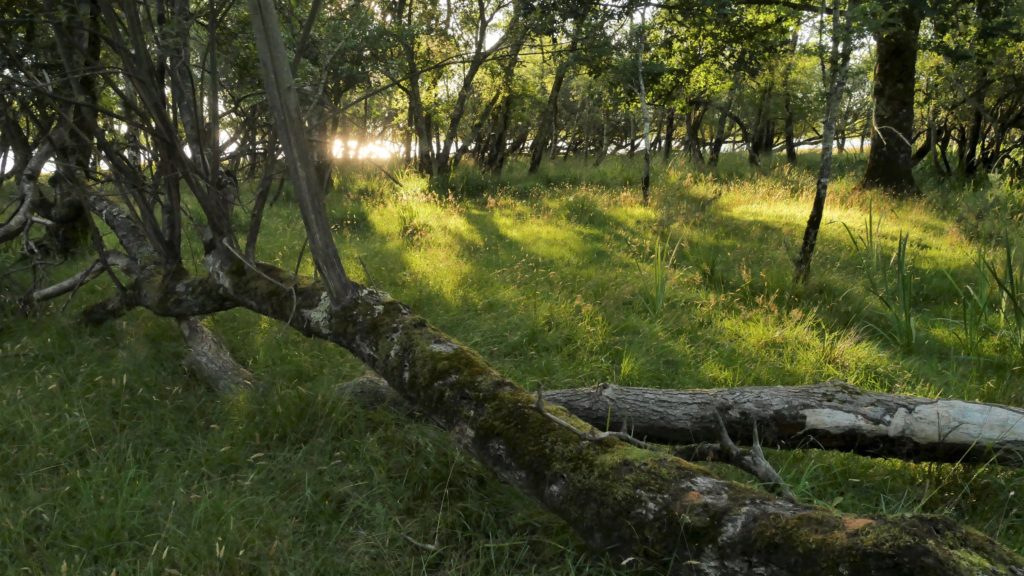
4. AVOID DEER
Try to avoid woodlands that have a lot of deer. Deer equals ticks. Even selecting a woodland area with a low deer population greatly helps. Deer are not the only animal carriers of ticks so do your research and find out if the woods you're going to visit has animals that carry ticks. Asking locals is one way of finding out if the woods have a lot of ticks.

There is something great about summer-camping in a wood without ticks. Of course you still have to deal with biting flies, such as mosquitoes, but there is a sense of freedom that comes when you don't have to worry about ticks - without having to regularly check yourself for ticks.
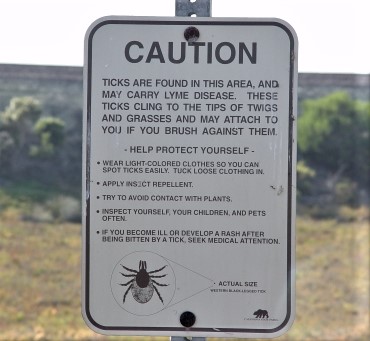
5. TICK TWEEZERS:
Indispensable. Bring tick tweezers! Nothing replaces doing regular body checks for ticks and safely removing attached ticks with tweezers. I carry small tick tweezers on my keys and regular-sized tick tweezers in my backpack. When out and about in places with ticks - I check my body whenever I'm resting and especially after I've walked through thick vegetation.
I also religiously check my body before retiring to sleep - and if I feel the slightest itch during the night - I'll reach for my head torch and tweezers to investigate. For convenience, make sure your tweezers and head-torch are placed near your sleeping area (your head-torch should always be within arms reach when in your sleeping bag at night - you never know when you'll need it).
One final point about tweezers. Flat-edged cosmetic tweezers are passable as regards removing ticks but nothing replaces specialized, finely-pointed tick tweezers - because they quickly and neatly remove ticks - whereas with regular tweezers it's harder to grip the tick properly and quickly - especially very small ticks.
Struggling with improper gripping of ticks can increase the risk of a tick discharging it's contents - which may cause an increased possibility of catching Lyme's disease. Good, efficient gripping technique is essential - because it's safer.
Don't forget to regularly sanitise your tweezers. I use alcohol wipes/gel, or simply pass the tweezer tips through the flames of my campfire.
I also occasionally clean my tweezers in very hot water or very hot, soapy water.
I also sanitize all tick bites - just to be on the safe side.
*I've included a link on how to safely remove ticks - at the end of this blog.
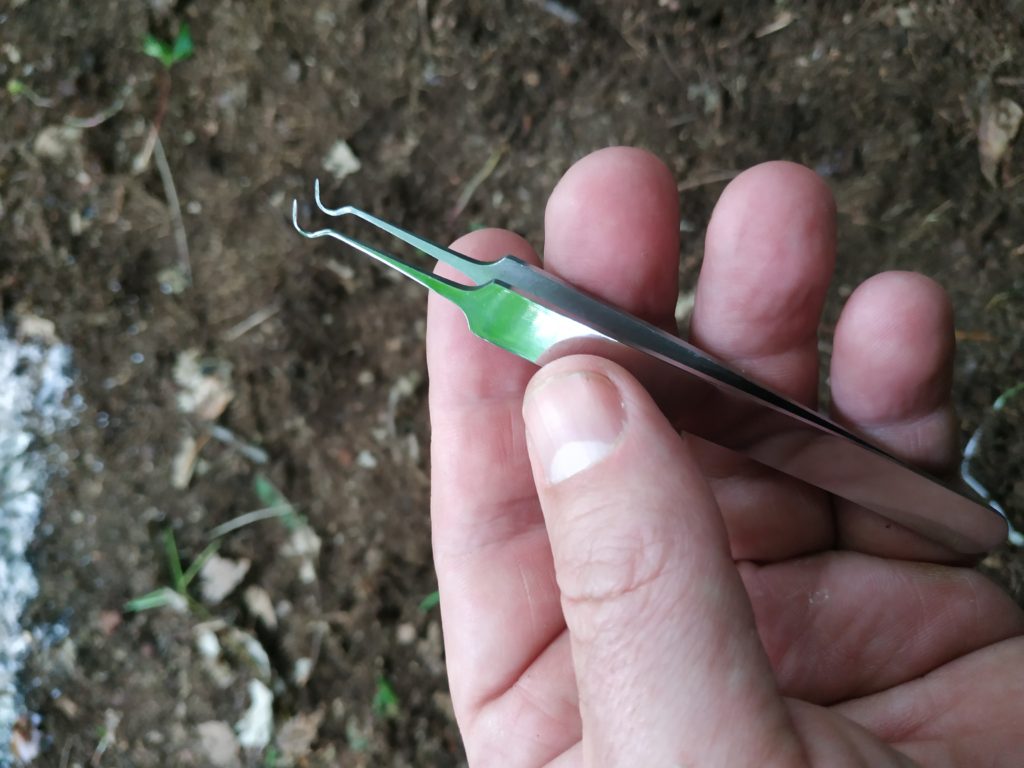
6. BRING A MIRROR:
With myself I've noticed that ticks tend to settle on certain areas of my body - mostly the feet, legs and groin area.
What this means is that ticks can settle in awkward, hard-to-reach places. Behind the knees for example, or to put it bluntly - on your backside.
This is where a mirror comes in handy - so you can see the offending tick in the mirror reflection and precisely remove with a tweezers.
I never bring a glass mirror (too fragile). I bring a metal, camping mirror - which is tough, light & compact.
Conclusion
I hope the above tips I've shared with you are useful. I offer these tips from experience - not from a position of theory. The thing with these tips is this - they are effective and easy to apply. This is a very important point.
When wild camping and travelling through wild areas - your plate is often full with cooking outdoors, finding a campsite, navigating, negotiating challenging terrain etc - so dealing with ticks on top of everything else, has to be practical and easy to apply.
Otherwise, the all too human desire for convenience re-surfaces - leading to the temptation to skip on dealing with ticks - or even worse: avoid beautiful wild places because of ticks.
*I've included a bonus tip on how to deal with ticks at the end of this blog. It's quite an interesting tip.
Stranger still, the mosquito is not only a bloodsucker but an incorrigible winebibber as well—~she will get helplessly fuddled on any sweet wine, such as port, or on sugared spirits, while of gin she is inordinately fond.
Horace Kephart
Related articles on this website:
Related material:
- Signs & Symptoms of Lyme's Disease
- Information about Permethrin (from National Pesticide Information Centre of USA).
- How to Safely Remove Ticks (from CDC - Centers for Disease Control & Prevention)
Bonus Tip: Making Tick-Free Trails to your Campsite.
If you are wild camping and your campsite is a short distance from a trail that is free of ground vegetation (no ticks!) - but there is vegetation from the trail to your wild camp - then I suggest you create your own tick-free trail from the main trial to your camp.
What this usually means is acquiring a sturdy branch and bashing a wide trail (about 3 foot/1 metre wide) through the vegetation and stomping on the vegetation until it's flattened to ground level (instead of using a tree branch, you could use a parang or machete to chop through the vegetation).
I also use a stick to bash the vegetation around my camp so as to make it as tick-free as possible.
By doing this you eliminate the risk of brushing against vegetation that may contain ticks. It's a surprisingly effective way of avoiding ticks.
Also, by clearing away the vegetation you expose the ground to sunshine and the drying effects of the wind - both favourable factors in removing ticks - as ticks prefer sheltered, damper conditions.

Recent Comments